Maximizing Performance and Reliability with Disc Springs: An Engineering Marvel
Disc springs, often referred to as Belleville springs, are remarkable engineering components known for their versatility and reliability. With their unique design and characteristics, disc springs offer numerous advantages in various industries and applications. In this article, we will explore the remarkable features and benefits of disc springs, showcasing their ability to enhance performance, ensure reliability, and overcome engineering challenges.
1. The Unique Design of Disc Springs
Disc springs are conical-shaped washers that are made from high-quality spring steel or stainless steel. They consist of multiple stacked layers, creating a series of conical discs. The geometry of disc springs allows them to exert considerable force and deflection while maintaining their compact size. This unique design contributes to their exceptional load-bearing capacity and flexibility.
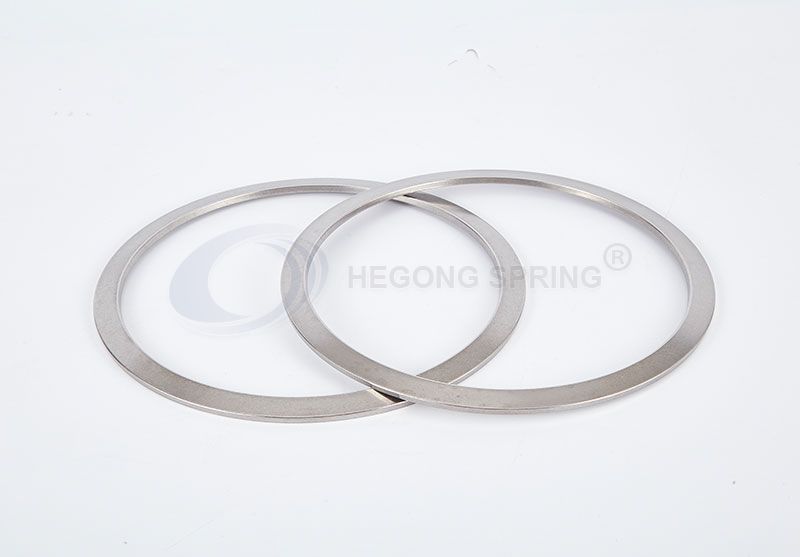
2. Applications of Disc Springs
Disc springs find extensive use in a wide range of industries and applications, including:
Industrial machinery: Disc springs are widely employed in industrial machinery to provide reliable force control, compensate for thermal expansion, and maintain tension in critical components.
Automotive industry: They are used in various automotive applications, including suspension systems, clutch assemblies, and braking systems, where they ensure proper engagement, absorb shocks, and enhance safety.
Aerospace sector: Disc springs are utilized in aerospace applications, such as aircraft landing gear, actuators, and control systems, where they offer high load-bearing capacity, reliable performance, and resistance to fatigue.
Oil and gas industry: In oil and gas equipment, disc springs play a crucial role in valves, wellhead assemblies, and downhole tools, providing sealing force, compensation for pressure changes, and reliable operation in challenging environments.
3. Benefits of Disc Springs
4. Design Considerations
When incorporating high temperature disc springs into a design, certain factors should be considered:
Material selection: Choosing the appropriate material, such as stainless steel or spring steel, is essential to ensure compatibility with the operating environment and achieve the desired performance.
Stack configuration: The arrangement and number of disc springs in a stack impact the load and deflection characteristics. Selecting the correct stack configuration is crucial for achieving the desired force and deflection requirements.
Preload and force calculations: Accurate preload and force calculations are necessary to ensure that the disc springs operate within their optimal range, providing the desired force and deflection while avoiding overstressing.
Disc springs are engineering marvels that offer unmatched versatility, reliability, and performance across a wide range of applications. Their unique design, load-bearing capacity, and ability to withstand challenging environments make them indispensable in numerous industries, including automotive, aerospace, and oil and gas. By understanding the benefits and design considerations associated with disc springs, engineers can harness their potential to optimize performance, ensure reliability, and overcome engineering challenges, thus achieving exceptional results in their projects.
Explore more:Top Temporary Electric Fence for Cattle: Ultimate Solution for Fencing NeedsAluminum Telescopic Pole: A Versatile Tool for Height Access and VersatilityApplications of Non-Metallic Flexible Conduit FittingsThe Most Precise Metal Casting: Achieving Unparalleled Accuracy in ManufacturingThe Essential Guide to Roller Bearing Applications: Maximizing Efficiency and PerformanceWhat Are The Key Design Considerations for Plastic Injection Molding?What are the common aluminum extrusion profiles?




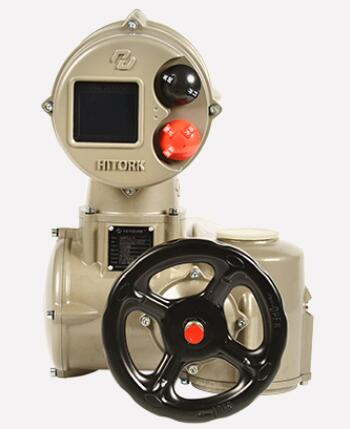


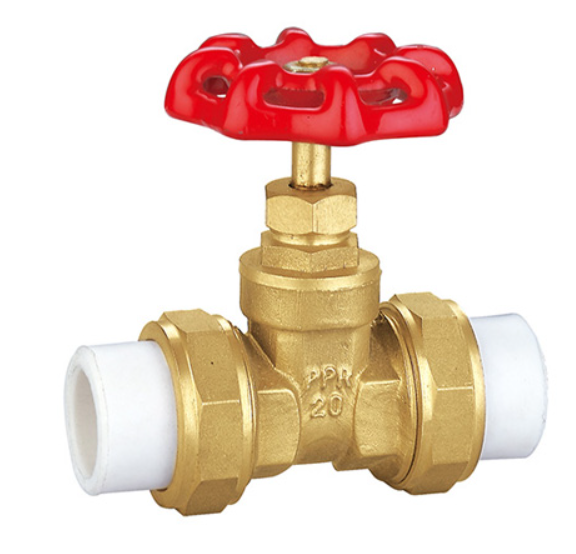
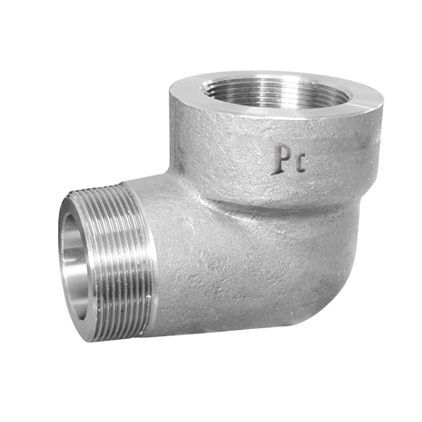
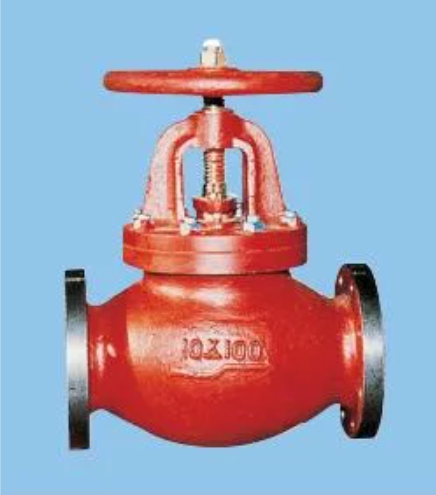
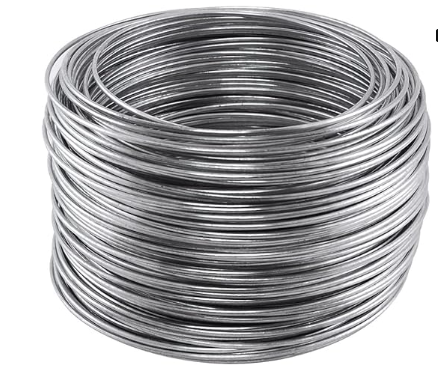

Comments
Please Join Us to post.
0